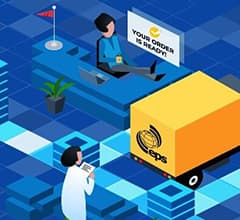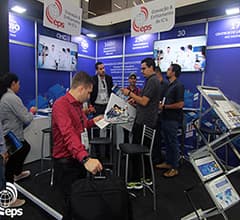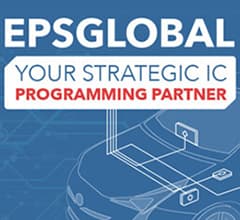Home > News & Blog > The Building Blocks for IOT Security - Part 2
The Building Blocks for IOT Security - Part 2
Expert Perspectives on Balancing Consumer and Corporate Risk
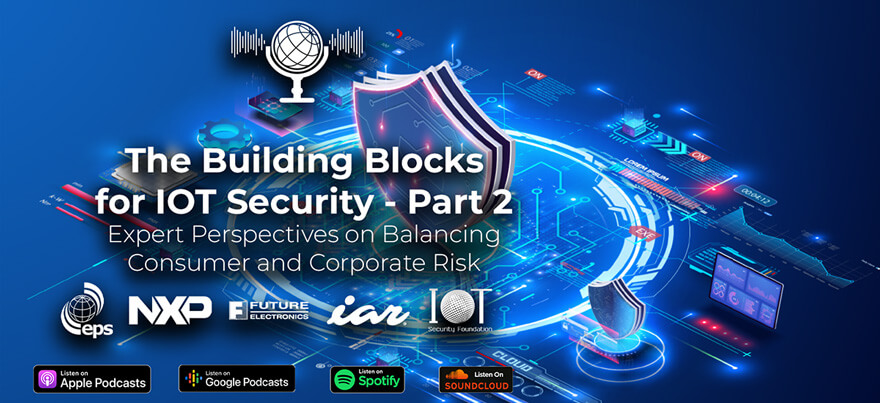
Listen to Part 1 Here
“Organizations should have started implementing security measures yesterday, given that new product introductions often take 9 months or more to produce in volume”.
In Part 2 of The Building Blocks for IOT Security, our panel of experts emphasizes the importance of making IoT security more accessible and consumable for engineers and designers, as well as the need for collaboration among industry players to tackle security challenges for connected devices.
This episode covers the increasing number of cybersecurity regulations worldwide, the need for a proactive approach, and the key role organizations like EPS Global, NXP, IAR, and Future Electronics are playing in providing practical and accessible security solutions for volume production of connected devices.
"If it's not safe, it's not smart". Listen Now.
Panelists:
- Malcolm Kitchen, FAE for Secure Trust Provisioning, EPS Global
- John Moor, Managing Director, IoT Security Foundation;
- Haydn Povey, Chief Strategy Officer, IAR Systems;
- Stella Or, Software Partner Manager for Secure Connected Edge, NXP;
- Todd Baker, Corporate VP of Worldwide Engineering, Future Electronics.
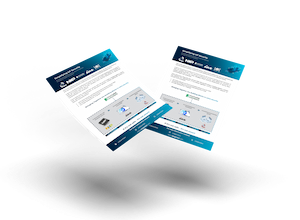
Wondering where to your begin your IoT Security journey?
Download Now
Glossary of Terms
- Secure enclave: Protected areas in a device's processor dedicated to securing sensitive information and executing secure functions.
- Physically uncloneable functions (PUFs): Unique hardware identifiers that are used for authentication and security purposes in electronic devices, created from the inherent physical variations and manufacturing imperfections in electronic components, such as integrated circuits, transistors, or memory cells.
- PKI (Public Key Infrastructure): System for creating, distributing, and managing digital certificates for secure communication and authentication.
- IoT (Internet of Things): Network of interconnected devices, which collect and exchange data with each other and other systems.
- TrustZone: TrustZone is a hardware-based security technology that provides a secure environment for running sensitive applications and handling critical data on devices with ARM processors.
- GDPR (General Data Protection Regulation): EU regulation that governs the handling and protection of personal data of EU citizens.
- IOTSF (Internet of Things Security Foundation): Organization that provides best practices, standards, and guidelines for practical IoT security, as well as promoting awareness and understanding of security issues.
- ETSI (European Telecommunications Standards Institute): Independent, not-for-profit organization that produces technical standards for information and communication technologies.
- SB 327: California law that sets security requirements for connected devices, including unique device passwords and reasonable security features to protect user information.




